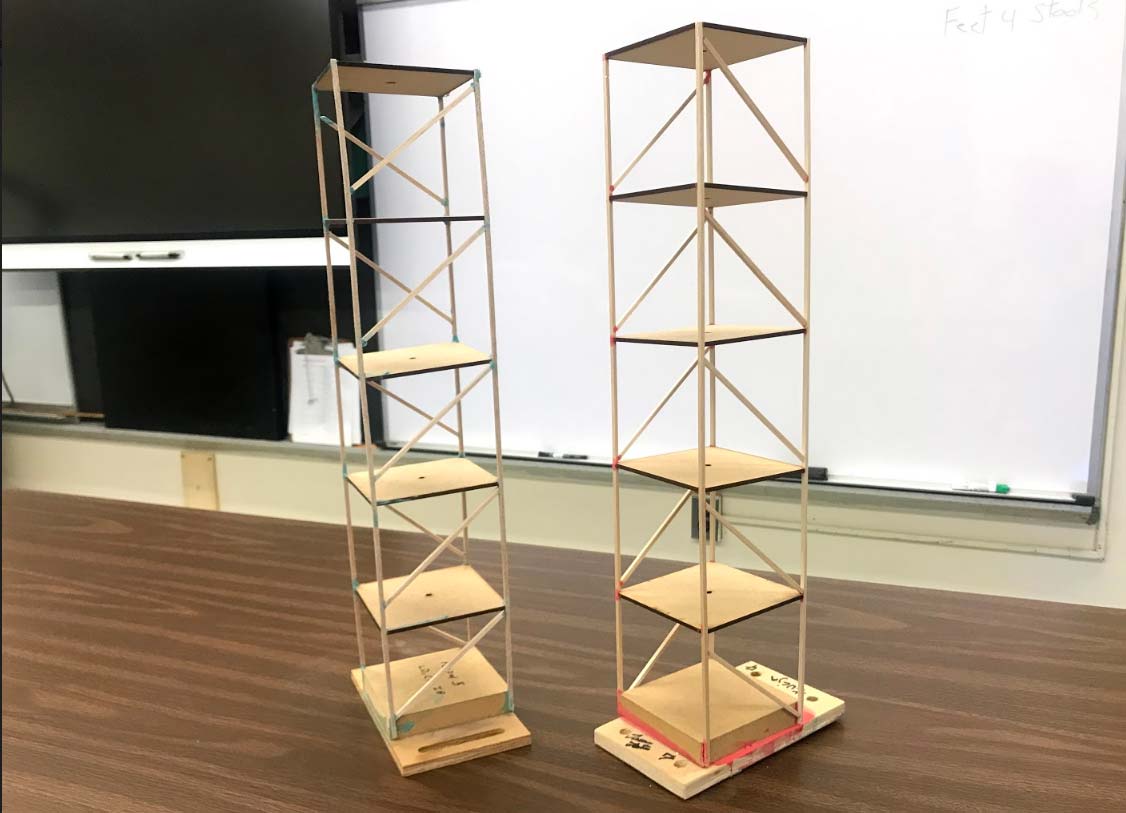Science is Shaking Things Up with Earthquake Resistant Buildings

Ninth grade students in special education teacher Kathy Grabowski and teacher Geri Livi’s Living Environment class was given the task to engineer and design earthquake-resistant buildings that would stop or minimize damage to a structure if a potential earthquake occurred as part of a S.T.E.A.M (science, technology, engineering, art, and math) lesson.
...class was given the task to engineer and design earthquake-resistant buildings.
There are so many benefits from incorporating hand-on-learning in our classrooms. Hands-on learning is the process of learning by doing. Our science classrooms are effective because our activities mimic real-world scenarios. This process increases our students learning retention and improves problem-solving skills.
First, the students learned about different heights and shapes of buildings and how an earthquake could cause potentially catastrophic damage and loss of life. We learned about the importance of technology and engineering to save lives during a natural disaster and keep people safe. The student learned that the effect of an earthquake on the Earth's surface is called the intensity.
Then the students were given the assignment to create a blueprint of their structure, which is required to withstand a tremor on our shake table. In the real world, this is the job of a civil engineer. Civil engineers design enormous structures like skyscrapers, bridges, and dams. Not only do they construct the edifice to be resistant to earthquakes, but also hurricanes, tornadoes, and floods.
Next, the students built a tower from balsa wood. Balsa is kiln-dried to produce a light-weight and high strength-to-weight ratio. Balsa cuts easily with a hobby knife, which is why it is the choice selection for our building project.
Upon completion, the student-built structure must stand the test of our tremor shake table. The shake table simulates the back-and-forth shaking of an earthquake.

